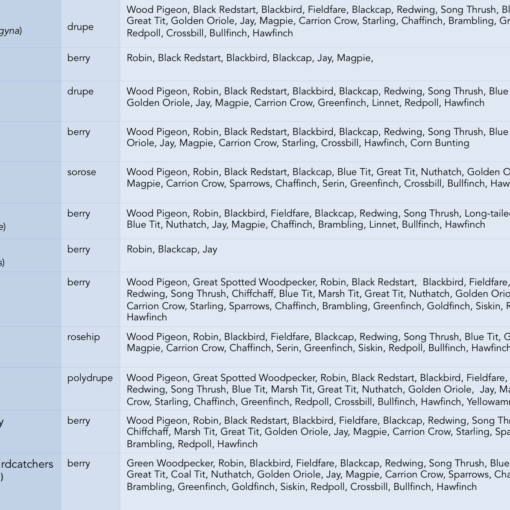
What story is this? It is perhaps the most important story for the biodiversity of our planet! The history of a planet which at a certain point, around 460 million years ago, when most of the emerged lands were united in the supercontinent Gondwana, saw its rocks, until then marked mainly by streams of algal colonies, become coloured with orange, yellow, green, grey: they were lichens, plant formations made up of the symbiosis between algae and a fungus. In lichen symbiosis, the fungus uses the organic substances produced by the alga photosynthetically, while the alga uses the water and mineral salts that the fungal hyphae absorb from the substrate. Today, on those rocks that first hosted lichens, and which in the meantime have moved around to form continents, there are lush forests.
But no, we don’t want to talk about the evolutionary history of plants! We want to talk about what happens under the plants and thanks to the plants themselves. We want to talk about “settlers” who follow one another, always in the same sequence, and who give rise to new landscapes and increasingly complex environments. We would like to emphasize how plants are the link between living things and dead things.
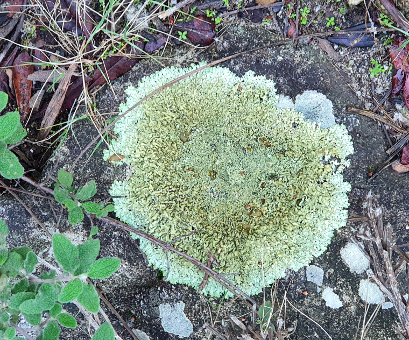
But let’s go back to lichens: they are among the most widespread organisms on the earth’s surface and have a great ability to live in environments that are inhospitable to any other plant species. They cause the surface degradation of rocks, thanks to the physical and chemical activity of their thalli. Lichens are the first representatives of plant life in the colonization of hard substrates, so much so that even the glass of old cathedrals shows corrosion caused by the lichen flora. It is undoubtedly in the polar regions that the maximum expression of this association is found; where no grass can live, they colonize entire regions: the tundras.
Here, in the meantime we have said the magic word: colonize, that is, being able to occupy a physical environment that is inhospitable for other plant species.
Who colonizes? The “pioneer” species, which exert a modifying action on the environment, make the substrate more accessible to other species that will settle later.
An ecosystem is neither static nor immutable, but continually evolving thanks to the organisms and plant species that live in it. The evolution of ecosystems is called ecological succession. In the areas adjacent to active volcanoes, after an eruption and after the lava has cooled, the soil is completely devoid of vegetation; the first inhabitants will be the lichens that begin to colonize the lava layer.
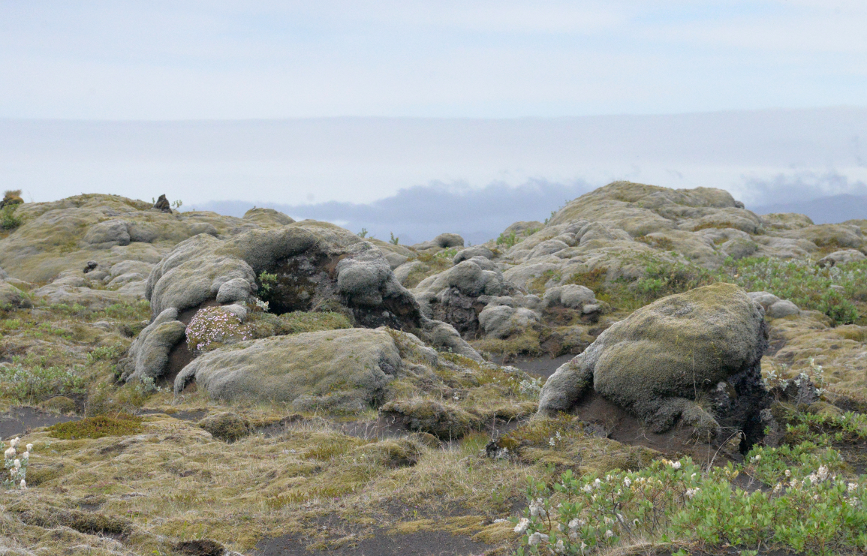
It is from this point that we want to begin the fascinating and complex history of SOIL formation. We say from this point because the rocks, already from their first consolidation, have been modified by the action of physical forces such as water, wind, and temperature variations. It is from this point onwards that we want to highlight how living beings contribute significantly to the formation of a soil capable of hosting increasingly demanding species in a rotation that is nothing random.
The soil constitutes the outermost layer of the Earth’s crust, a sort of graceful blanket that attempts to cover all places, even the most inaccessible ones, on the Earth.
The nature of the parent rock is the one that most influences the composition of the soil from the point of view of the mineral components, while the action of the microorganisms, the underground fauna and the roots of the plants that will colonize it is decisive in the formation of the structure and organic substance and nutrient recycling.
In summary, soil can be defined as a system that is modeled by the action of five main factors: initial composition of the parent rock, climate, topography, action of organisms, and time (Ferrari, Galassi, Viaroli, 2014).
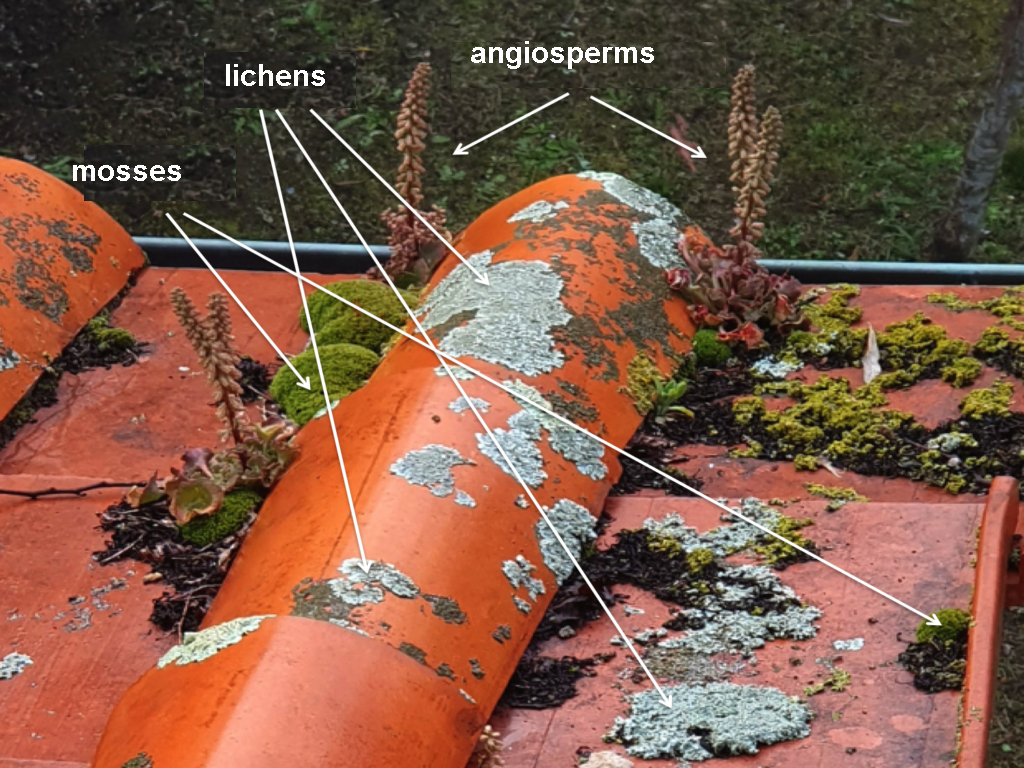
Not all soils require the same time for their formation. The time depends above all on the latitude which, in turn, influences the climate. At the same latitude, the configuration of the territory becomes important, because the soil forms more quickly in flat areas than in sloping ones. With a certain approximation we can say that it takes 200-400 years to form 1 cm of soil in a temperate climate. (Ferrari, Galassi, Viaroli, 2014).
The sandy or stony substrates, with a poor organic component, are colonized by associations of perennial, evergreen, woody species, with an appearance similar to a small shrub; in addition to enriching the soil with further organic content, they also have the function of stabilizing it. Throughout the Mediterranean basin these formations that colonize arid, very sunny lands are called garrigue. The species that live in these environments generally show peculiar adaptations, such as the presence of tomentum, a sort of white down that covers the surface of the organs and has the function of protecting the plant from strong sunlight and, therefore, dehydration. Even the characteristic of shading the area surrounding the plant by assuming the “cushion” shape (pulvino) serves to protect the roots from the scorching rays of the sun.
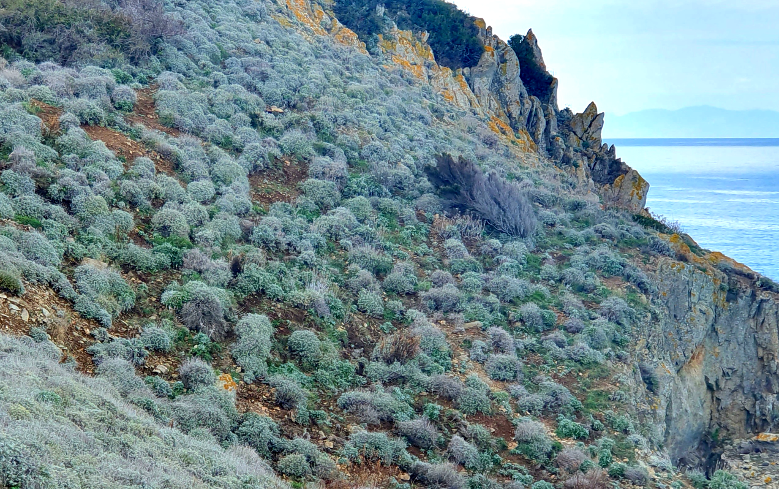
In this way organisms interact with the environment in a co-evolutionary way: the environment selects organisms which in turn stabilize the environmental conditions through continuous and imperceptible mutual modifications. The continuous accumulation of organic substance coming from plants and animals, which is degraded by underground fauna, determines over time a stratification of the soil in which overlapping layers are distinguished: the horizons. The following figure clearly illustrates the characteristics of each horizon.
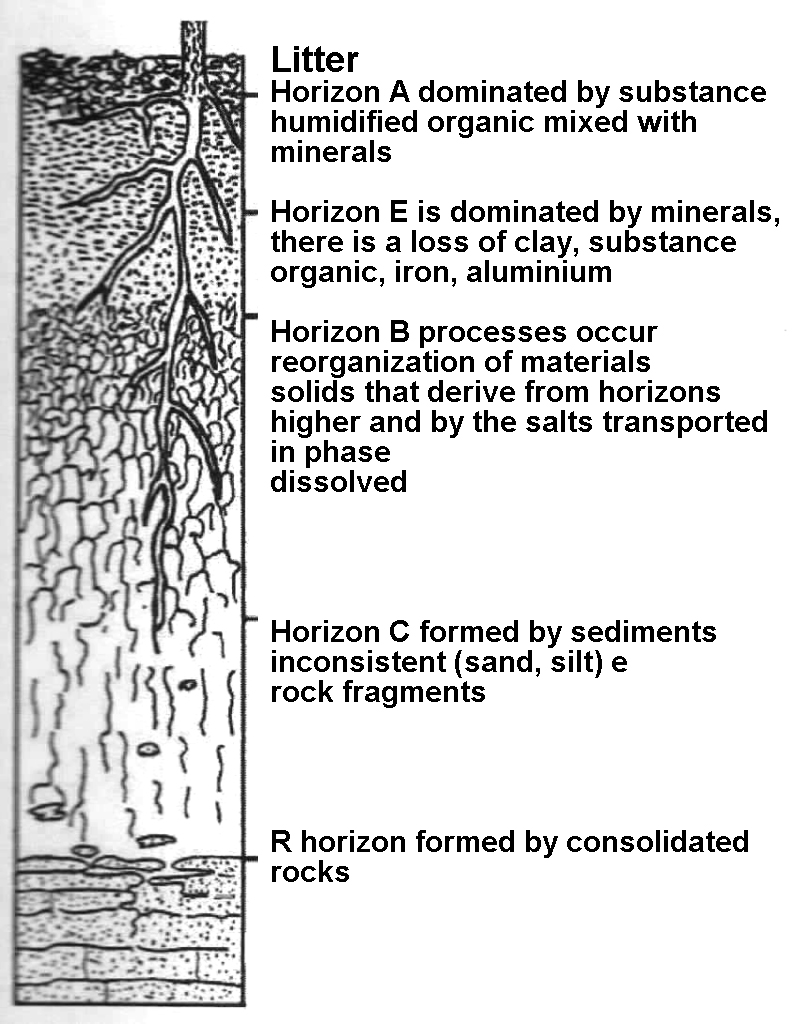
The first horizon is represented by the litter: it is here that all the organic part accumulates, and it is here that the elements of each environment release their “waste” (hair, excrement, dry leaves, etc.) and their remains. This means that the litter is not all the same because the plants, as we have said, are different in each ecosystem and therefore the animals that feed on them and colonize them can also be characteristic of that environment.
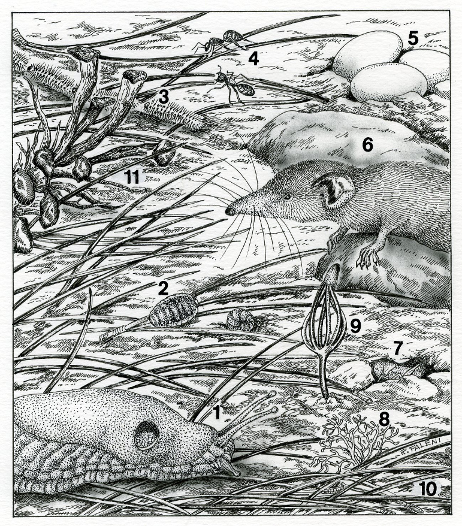
3 – Processionary moth caterpillar (Thaumetopoea pityocampa) | 4 Red Ant (Formica rufa)
5 – Lizard eggs (Podarcis murlis) | 6 Mustiolo (Suncus etruscus)
7 – Cricket nymph (Tettigoniide) | 8 Lichen (Cladonia rangifera)
9 – Pine seedling (Pinus pinea) |10 Pine needle litter
11 – Remains of squirrel meal (Sciurus vulgaris) on a pine cone
Drawing by Rossella Faleni.
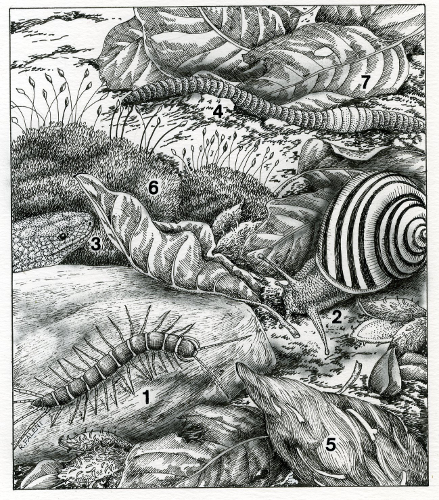
1 – Myriapod (Lithobius forficatus) | 2 – Wood snail (Cepaea nemoralis)
3 – Slow worm (Anguis fragilis) | 4 – Earthworm (Lumbricus herculeus)
5 – Tawny owl wad (Strix aluco) | 6 – Moss (Polytrichum juniperinum)
7 – Beech leaf litter (Fagus sylvatica)
Drawing by Rossella Faleni.
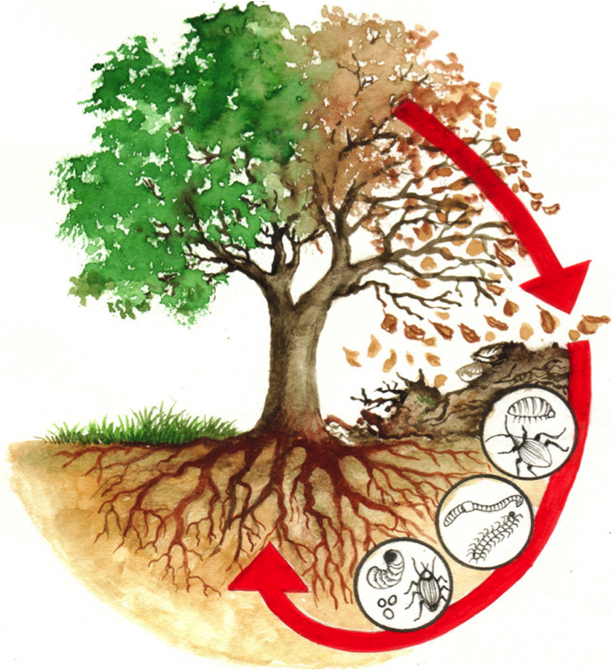
We can summarize as follows: dry leaves, dead animals, feathers, excrement, hair, bones, and dry branches fall onto the ground. Scavengers eat carrion; the breakers (insects, worms, mollusks, crustaceans) present in the litter break the materials into increasingly smaller parts; decomposers (bacteria) break down organic matter into simple compounds and mineral salts. Plants absorb water and mineral salts from the soil and, using the sun’s energy
Credits
Author: Anna Lacci is a scientific popularizer and expert in environmental education and sustainability and in territory teaching. She is the author of documentaries and naturalistic books, notebooks and interdisciplinary teaching aids, and multimedia information materials.
Translation by Maria Antonietta Sessa

